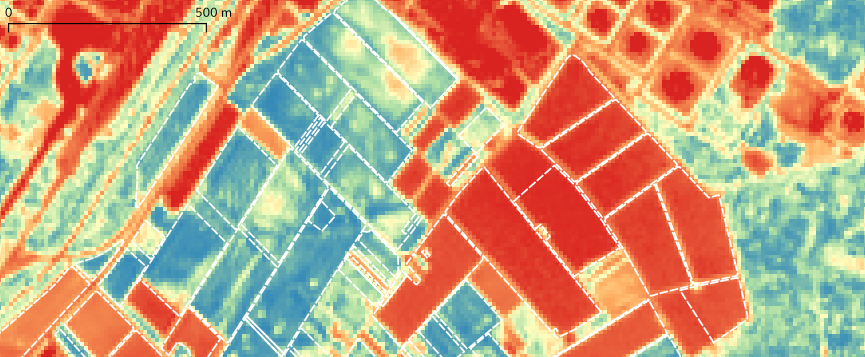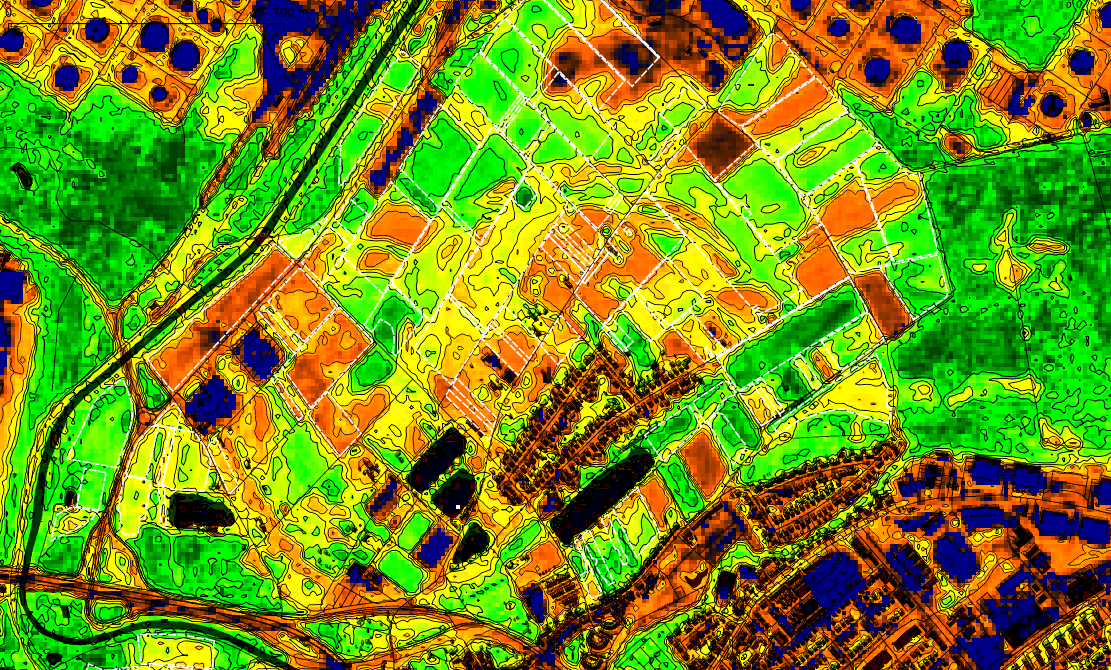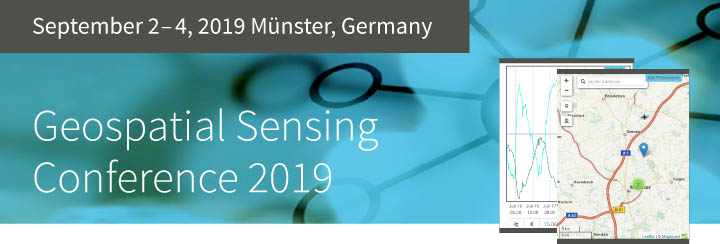As part of the Particulate Matter Forecast Service, a model was developed to facilitate the access to results of the WRF simulations. A 3D visualisation for air quality in the greater area of Stuttgart was created using the software Vistle. This allows an interactive exploration of the model along with other data sets. Users can navigate through the virtual world and switch between various modes to examine multiple data sets simultaneously. This enables a combination of simulation data with geo data and thus establishes points of reference for users. Moreover, it allows the comparison of multiple components such as the concentration of nitrogen oxide and particulate matter.
The following video gives insights into this model and demonstrates its application in virtual reality environments.





